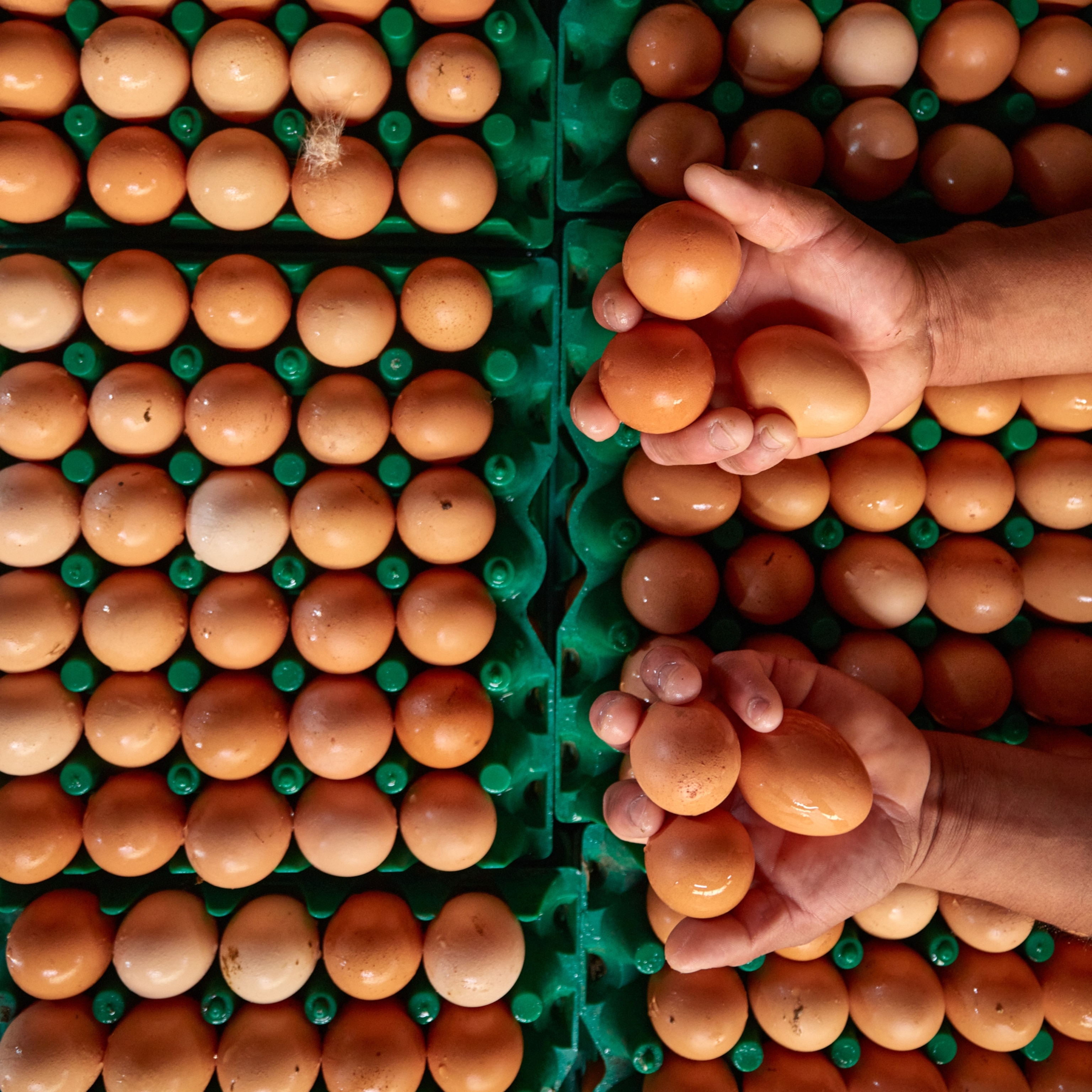
Early coronavirus actions appear to be working in Washington state
The rate of rise in new cases is slowing in Washington, but officials stress they’re not out of the woods yet and social distancing remains in place.
Earlier this week, soldiers from the 627th Army Hospital in Fort Carson, Colorado, were setting up folding panels to create cubicles for a new 250-bed field hospital in a major Seattle, Washington, sports stadium. By Wednesday afternoon, Washington Gov. Jay Inslee had announced that the hospital would be dismantled, and the life-saving health-care resources would be sent to other states that need them more.
In the battle against the novel coronavirus that causes COVID-19, that was the second time in just a few days that Washington’s governor said he had more help than required. On Sunday he announced he’d also be returning more than 400 ventilators to the Strategic National Stockpile so they could be sent elsewhere.
As the rest of the nation grapples with a rising death toll and the surging spread of coronavirus, early actions appear to be working in the state where the virus first surfaced in the United States.
Both of Inslee’s decisions come on the heels of a projection by modelers at the University of Washington that the state may well have hit peak demand for hospital resources, such as intensive care unit beds, on April 2. That was two weeks after the state shut down public schools and restaurants, and 10 days after the governor ordered residents to stay at home.
“Thanks to the mitigation efforts the governor has put in place and the cooperation of Washingtonians, we have seen fewer infections in our communities than anticipated,” retired Admiral Raquel Bono, who is advising the governor on his response to the coronavirus pandemic, said in a statement. “Our current status allows us to help others who have a more immediate need.”
It’s encouraging news, says Ali Mokdad, chief strategy officer for population health at UW’s modeling group, the Institute for Health Metrics and Evaluation (IHME). “It’s telling us that this pandemic can come down faster than we expected, and we can control it by staying home,” he says.
But this week’s actions raise a question: Does the region where coronavirus first took root in the United States already have its scariest days behind it? That will depend on how Washington residents respond. (Get the latest facts and figures about the coronavirus.)
Danger isn’t past yet
“We do not believe Washington State has turned a corner—we’re really emphatic on that point,” says Inslee spokesman Mike Faulk.
The state is nowhere close to loosening stay-at-home restrictions put in place on March 23. Schools have been canceled for the rest of the academic year. The number of cases in the state continues to grow, topping 9,000 this week. The governor was able to break down the hospital and send back ventilators in part because the state was already prepared for surging demand. It purchased an extra 900 ventilators and 1,000 hospital beds for increased hospitalizations.
But it does appear that the rate of increase in cases is finally slowing. And current estimates suggest the state eventually could see fewer fatalities than first thought.
That puts state leaders in a tough spot. They want to buoy people who have been trapped inside for weeks with news that their sacrifices are paying off. But they also need to make clear that residents cannot yet change their behavior. During a press conference Thursday, Inslee himself made clear that as sunshine finally arrives in a state known for rain and clouds, acting as if things are better quite literally could get people killed.
“The sun is out, the daffodils are beautiful, it’s warming up,” Inslee said. “But I just wanted people to fundamentally understand that this virus is just as deadly and dangerous to the wellbeing of Washingtonians as it was on March 23.”
“Here’s the deal,” Inslee added. “Any backsliding that we experience, any reduction in commitment to this social distancing—any refusal to respect this stay-home, stay-healthy initiative—means more people are going to lose their lives in the state of Washington. That’s important to say because given some of our early success, given the fact that sun is out, it would be really human for us to take our foot off the pedal here. But that is just too dangerous.”
Vigilence is the key
The concern, of course, is that the coronavirus that causes COVID-19 is so contagious that a small increase in human interaction could lead to a resurgence in cases.
“The message that Washington’s demand for resources is going to start leveling and declining is well supported by surveillance,” says Stephen Kissler, a postdoctoral fellow in the Department of Immunology and Infectious Diseases at Harvard University’s School of Public Health. “But it’s natural that as the narrative starts coming out that we’re gaining control of this thing, people may be less strict in their own social-distancing practices.”
In fact, the mayor of Seattle is so worried about it that she announced an emergency closure of the city’s 15 biggest parks between Friday night and Monday morning. “Seattle’s frontline medical workers, vulnerable residents, and displaced workers need you to stay home,” Mayor Jenny Durkan said.
Hilary Godwin, dean of the School of Public Health at the University of Washington, says the governor’s decisions this week do suggest a level of confidence that things may continue to improve.
But experts stress that just because the state has reached a milestone, it doesn’t mean that there isn’t still a long road ahead.
“The way I describe it to people is ‘hitting the peak’ means that we’re about halfway through the first phase,” Godwin said. “It’s not like we climbed a mountain and we just have to tumble down and it’s all going to be fine. The second half is going to be just as hard as the first half.”
The experts point out that most of the modeling, both at UW and at other institutions, is premised on social distancing continuing for quite some time.
“If we just waited until May and then let kids go back to school and all of the restaurants reopen, what you see from these studies is a predicted resurgence of cases,” Godwin says. “My sense is that the governor is being very responsible in his messaging to people—that they’ve done an amazing job following the guidance, but there’s still a long haul ahead of us.”
In addition, models themselves are imperfect. They don’t always perfectly capture subtle nuances that could lead to complications later. And the University of Washington’s version is only one of many.
“[The] IHME modeling is great but you have to take it with a grain of salt—it’s not a crystal ball,” says Saskia Popescu, an infectious disease epidemiologist at George Mason University. “Really what I think we’re seeing is a scaling down in terms of using intensive federal resources, which is good news because it means we’re not at the dire position we were earlier. It’s a good sign—but we still have much to do.”








